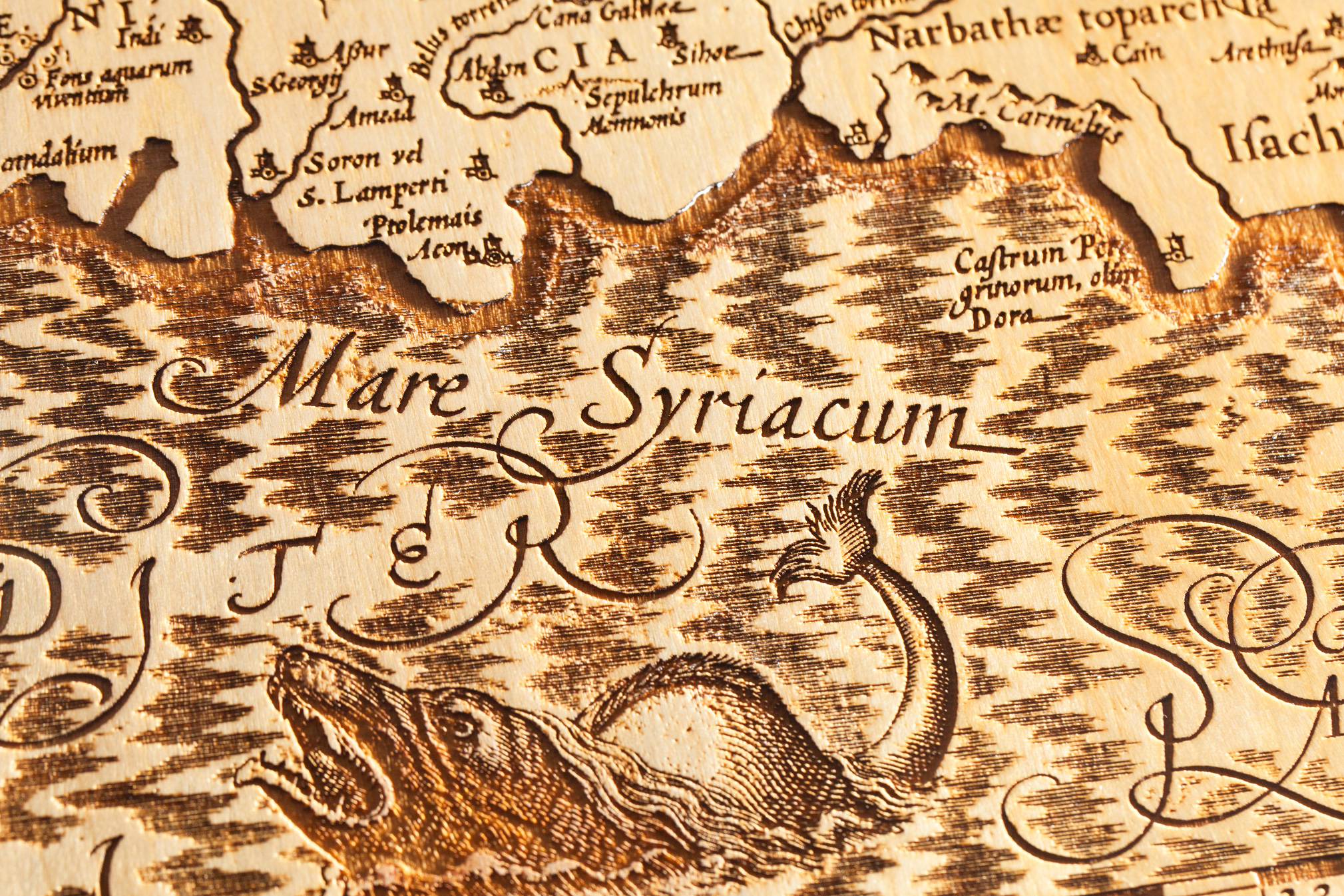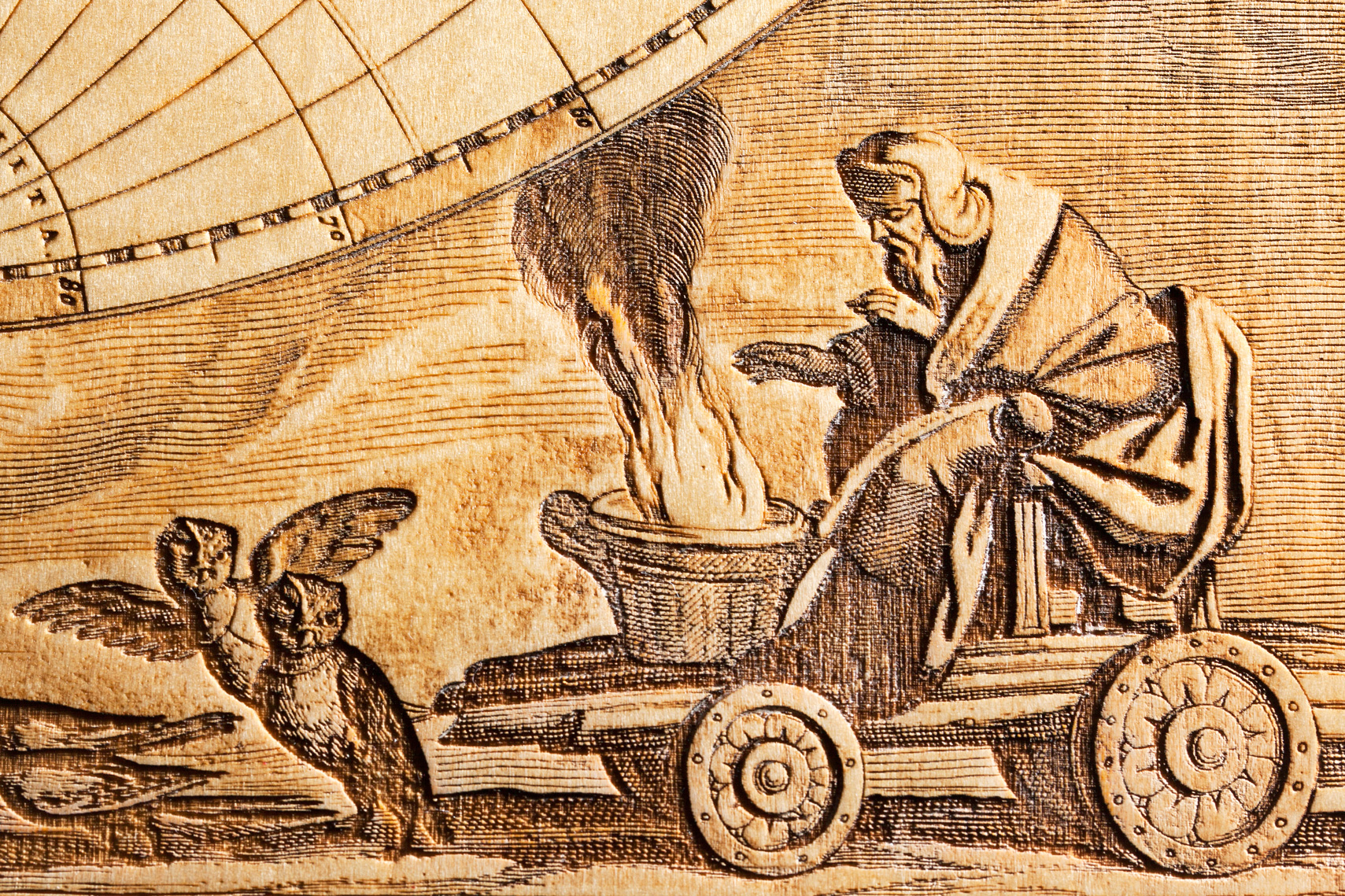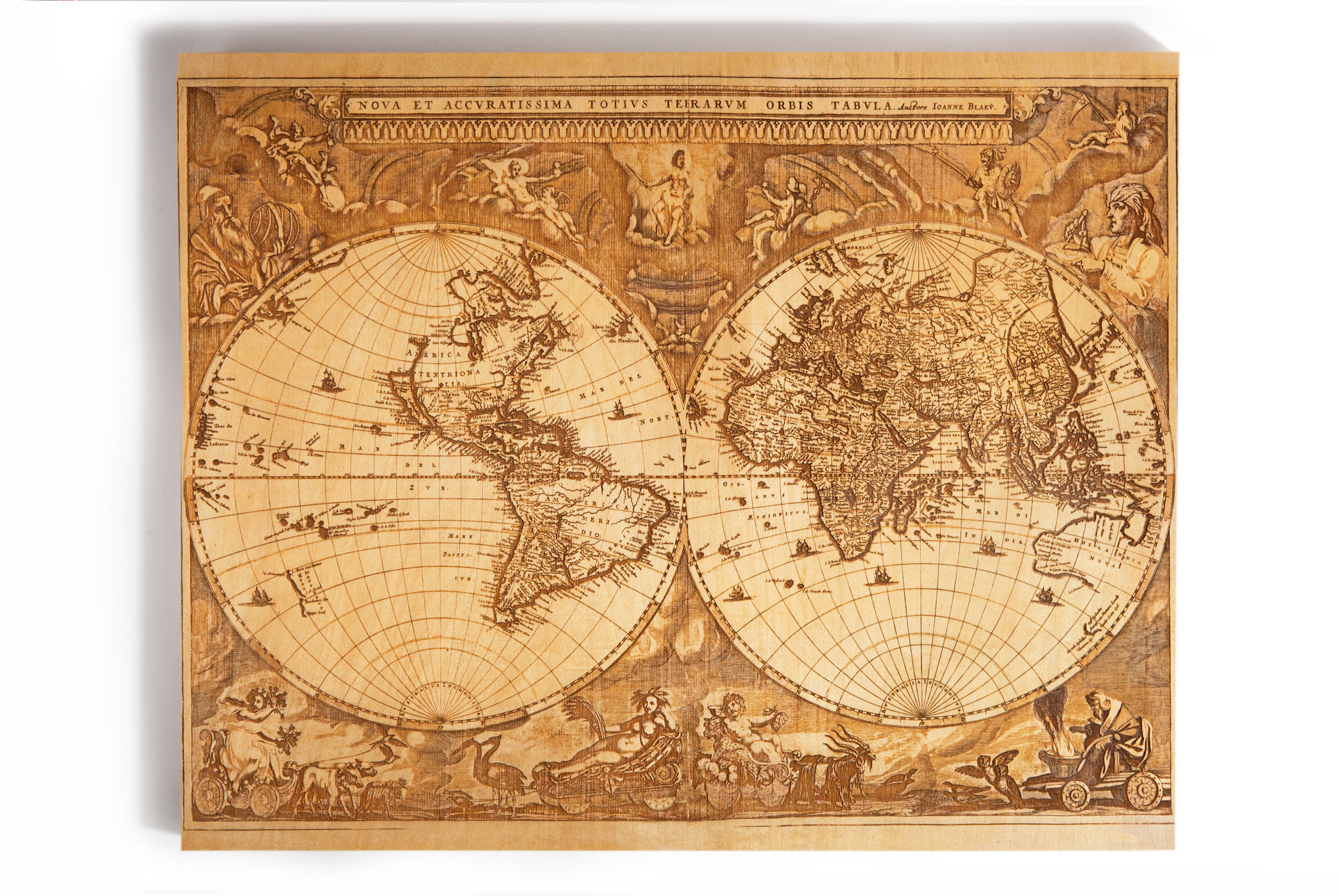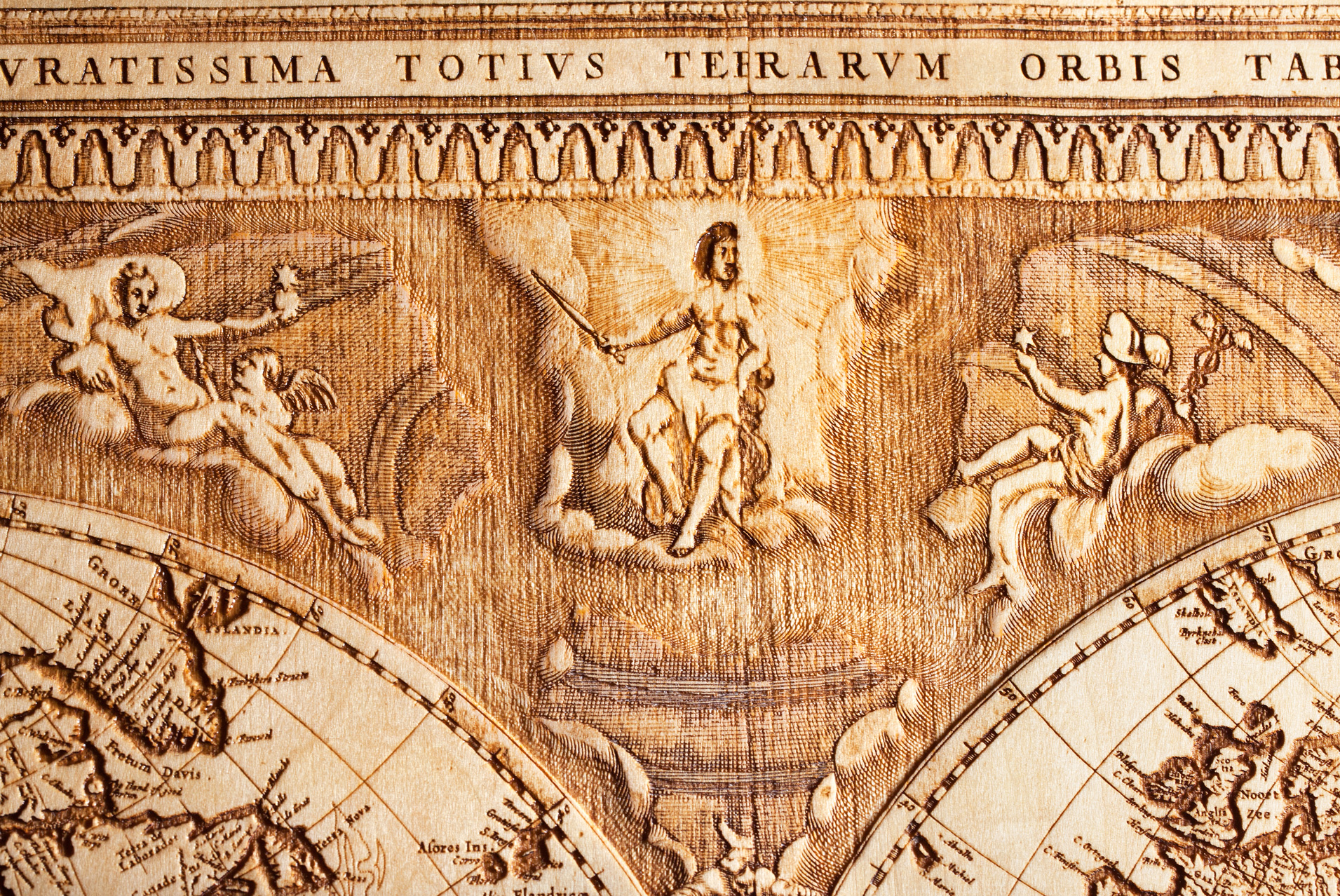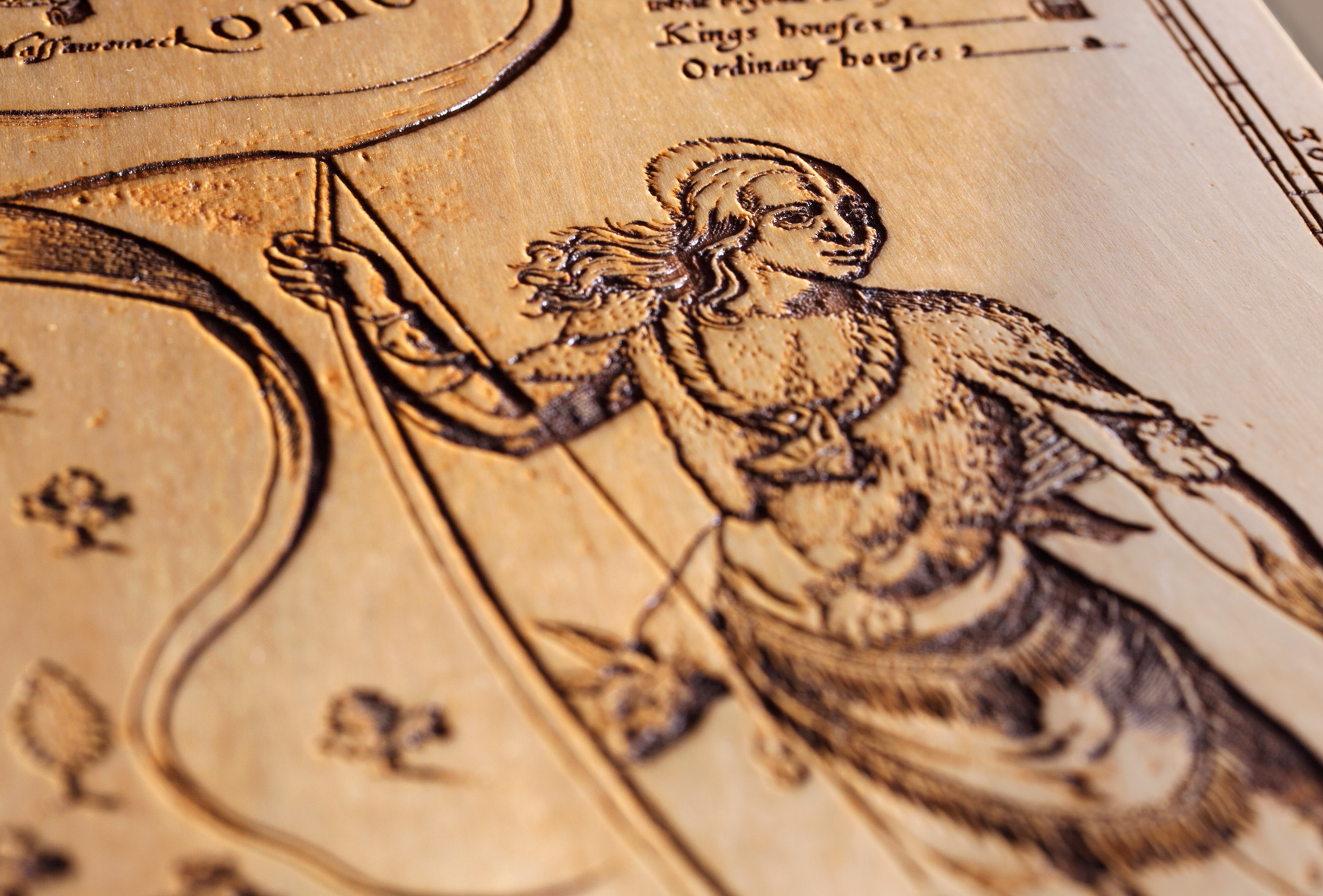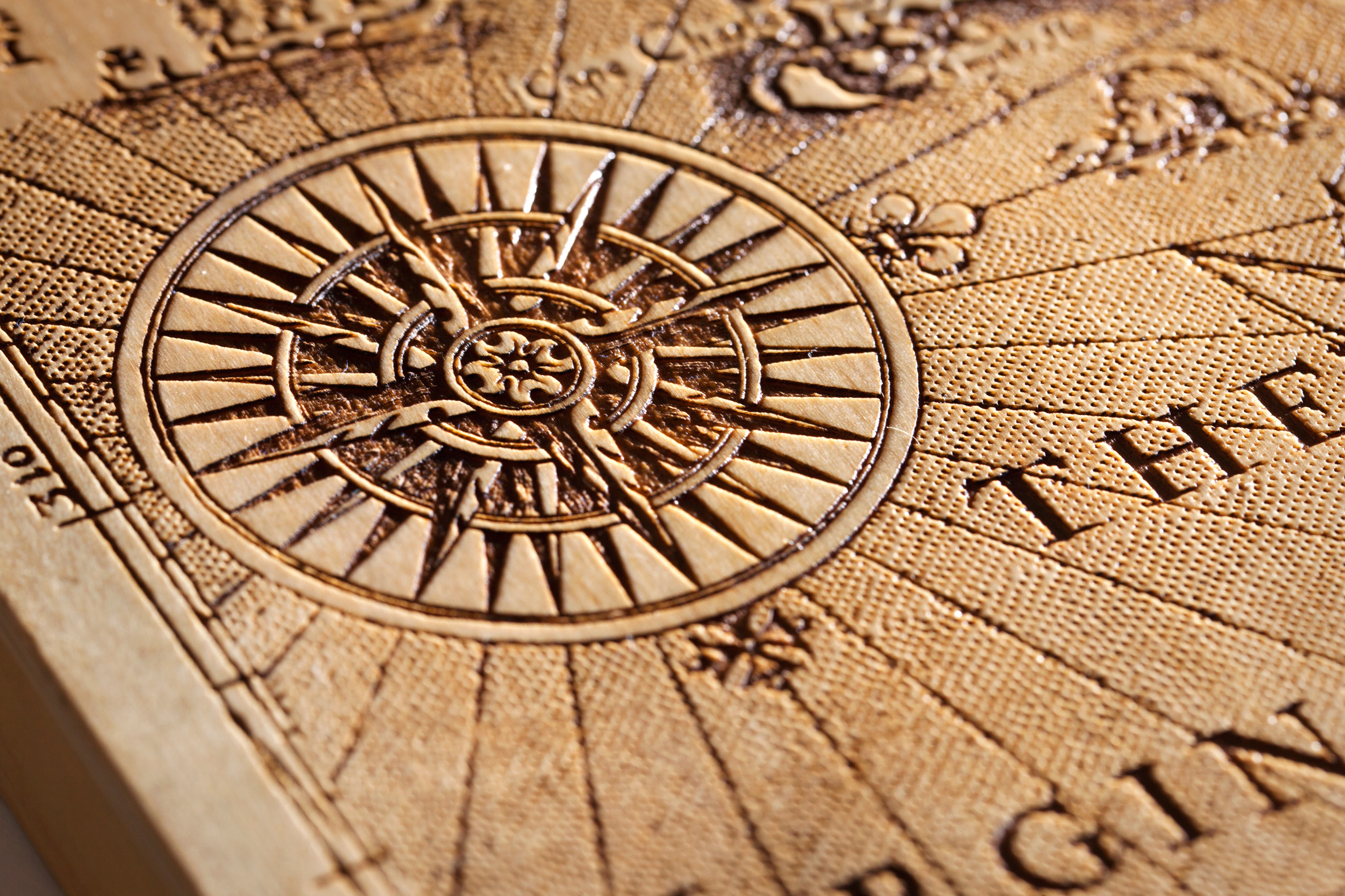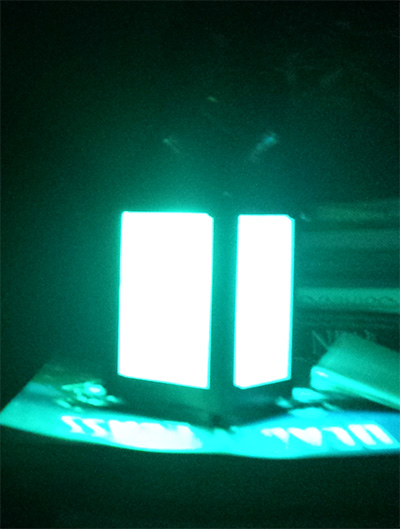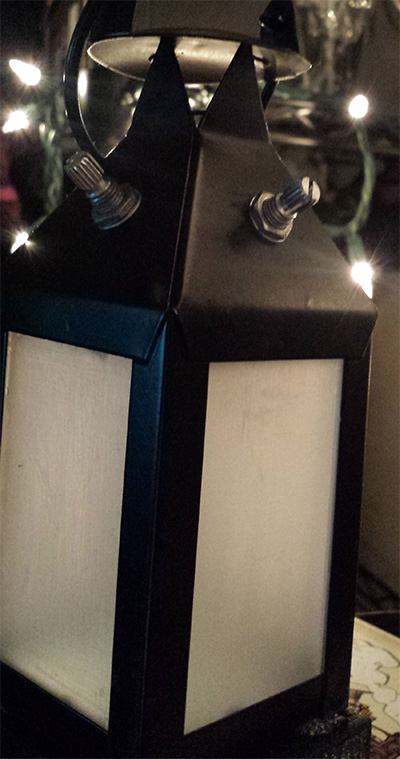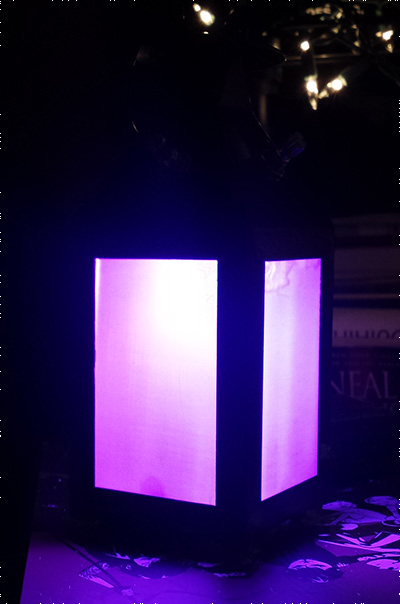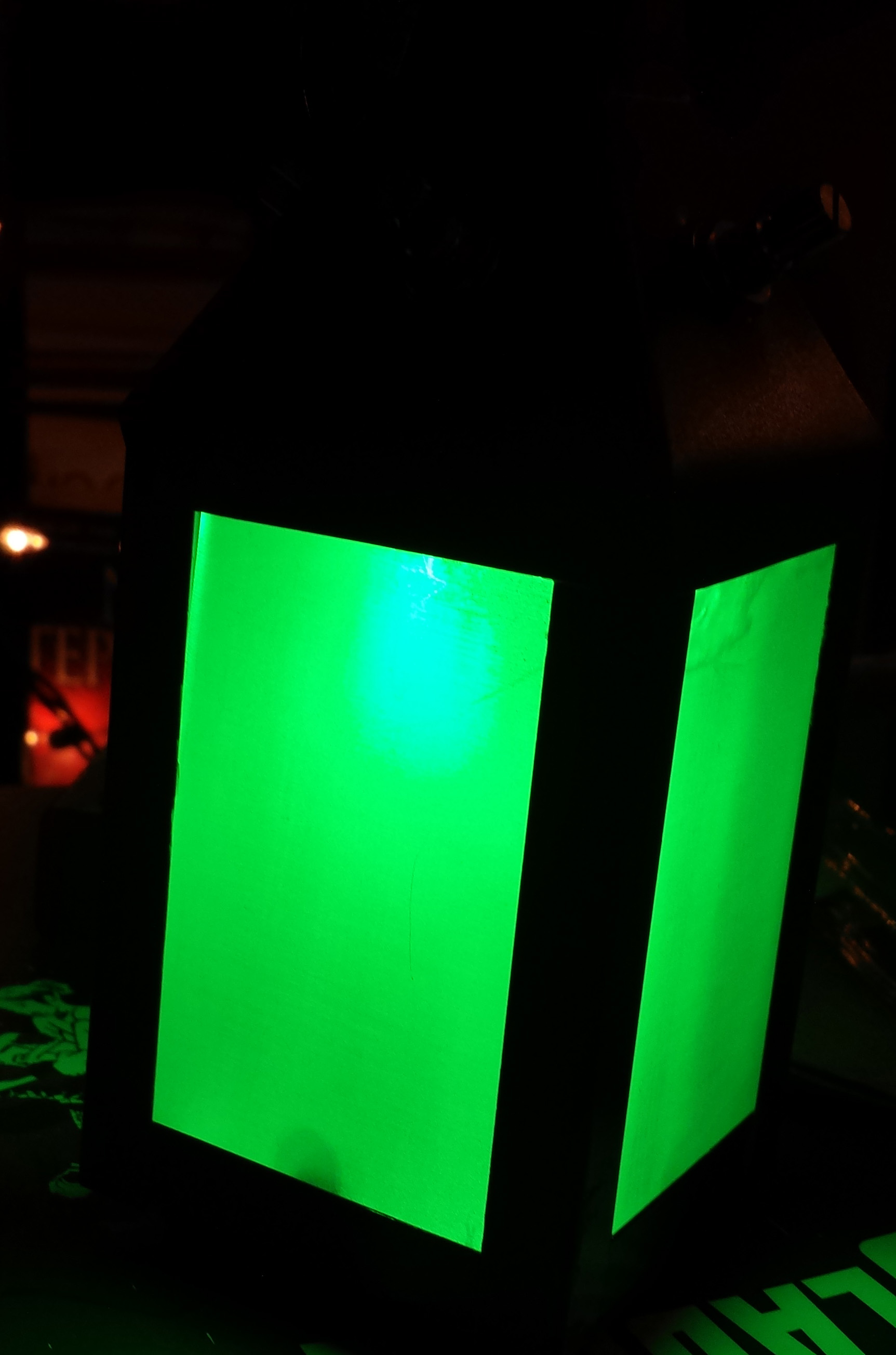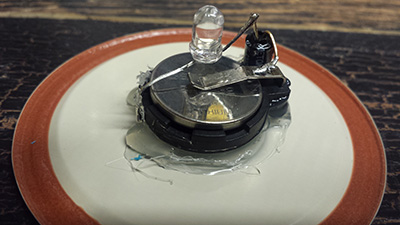Adam Jackrel - Technologist
Ride The Cyclone
Collaborating with costume fabricator extraordinaire Stephanie Handler to construct a special interactive costume for one of the performers of the Off-Broadway show RIDE THE CYCLONE.
Custom hardware built by myself featured color-matched LED's and a "quick-change" feature to allow fast, seamless support backstage.
Biometric LED Gauntlets
2017 Burning Man Commission
This design utilizes biometric sensors (ie heartbeat sensors) to provide data to the CPU to algorithmically generate patterns for the LED's. Meaning, the LED's will change it's pattern based on the wearer's hearbeat! So when the wearer is dancing hard the tempo of the color changes will be quicker and more vibrant (“hotter” colors, ie reds and yellows). And, when the wearer is idle, the color changes will be slower and more muted (“cooler” colors, ie blues and greens).
His and Hers LED Suits (Burning Man 2016)
Revamped and Improved! The same suit from last year's commission, but with several new additions
Several brand-new LED patterns. Including a graphic equalizer mode that uses a microphone and custom hardware. The system will analyze the audio spectrum, split it into seven frequency bands, and use the last two bands (ie bass frequencies) to control the LED's
His and Hers LED Suits (Burning Man 2015)
An international collaboration of high-end fashion designers, programmers, fabricators, and technologists to construct custom LED suits for private clients. Both suits were commissioned and designed to be worn by a pair of private clients specifically for attending Burning Man 2015.
Each suit has hundreds of LED's installed. Each controlled by an on-board micro-controller with pre-programmed LED patterns. Each suit is also equipped with a microphone that can analyze the tempo of the music and dynamically generate new LED patterns.
Taylor Swift 1989 Tour LED Outfits
I was fortunate enough to assist in the design and construction of costumes for Taylor Swift's 1989 tour. We constructed LED costumes for Talor Swift and 12 dancers. Controlled wirelessly with custom hardware and software.
LED Infinity Mirrors
An infinity mirror and LED strip
Software Projects
Small, experimental software programs.
Click each thumbnail to discover what they do.
Wooden Maps
Currently in an experimental stage. Using a laser cutter I transferred high-res map images onto high-quality basswood panels.Surrounding the panel with LED's casts shadows over the contours created by the laser. Pictured is a test panel showing what the final product will look like.
The final version will be recessed into a pine frame with a strip of LED's concealed into the wood providing illumination for the map.
Click the thumbnail to open a high-res image
Analog RGB Lamp
A cheap battery-powered lamp completely gutted and hacked to now provide evenly diffused light using analog circuitry and LED's.
The glass panes were replaced with acrylic that I diffused using a laser cutter. By misaligning the laser bed I was able to achieve a "textured" etching on the acrylic that diffuses the LED's quite well.
Two very bright RGB LED's are controlled using the four potentiameters installed into the top of the lamp. Each potentiameter controls one of the RGB LED's, while the fourth potentiameter controls the brightness. There's no digital circuitry used at all. The only components used are 4 potentiameters, 2 LEDs, 2 resistors, cables, and a 9V battery.
Analog Flip-Light
A simple lamp that uses a simple ball-switch to control a bright LED. Turn it upside-down to switch it off. Turn it back to sitch it back on! Using a 3V battery keeps the circuitry simple while providing a long-lasting and easily replaceable power source. Uses a reclaimed mason jar I found while walking around Brooklyn. Don't worry, I cleaned it!
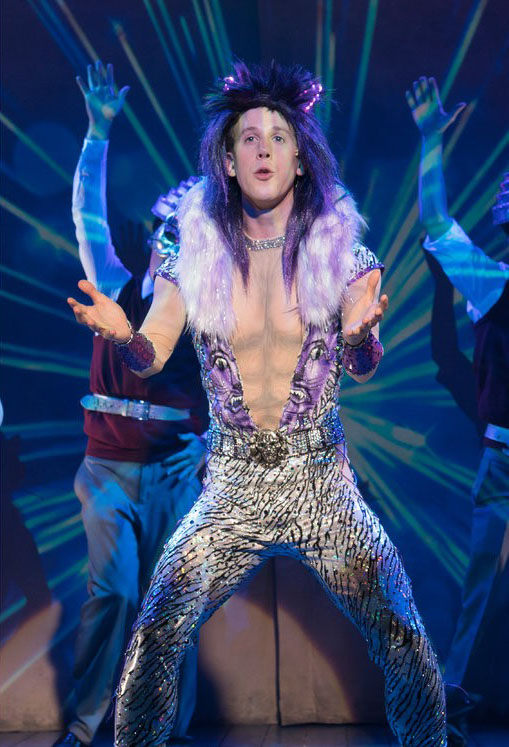
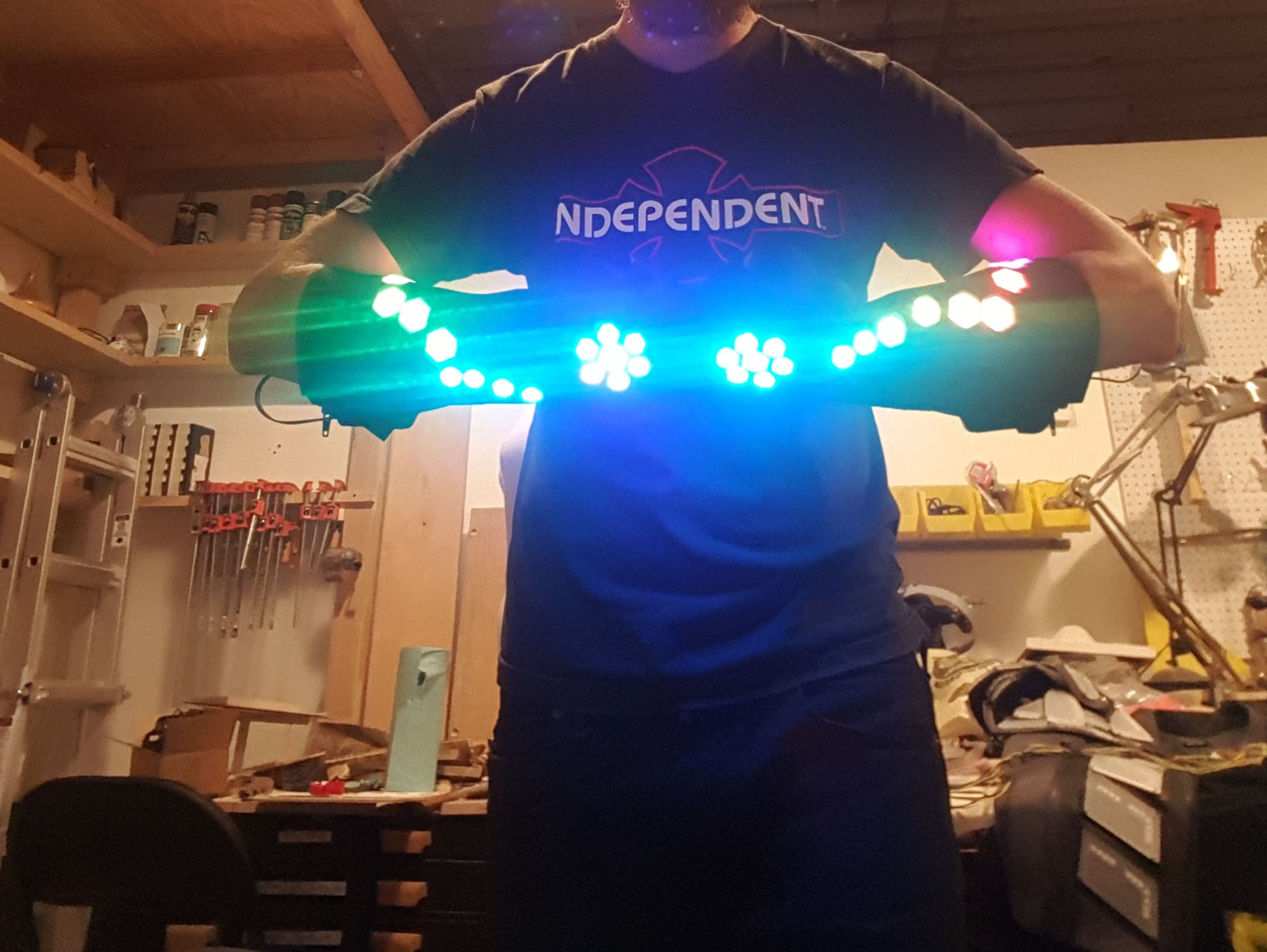
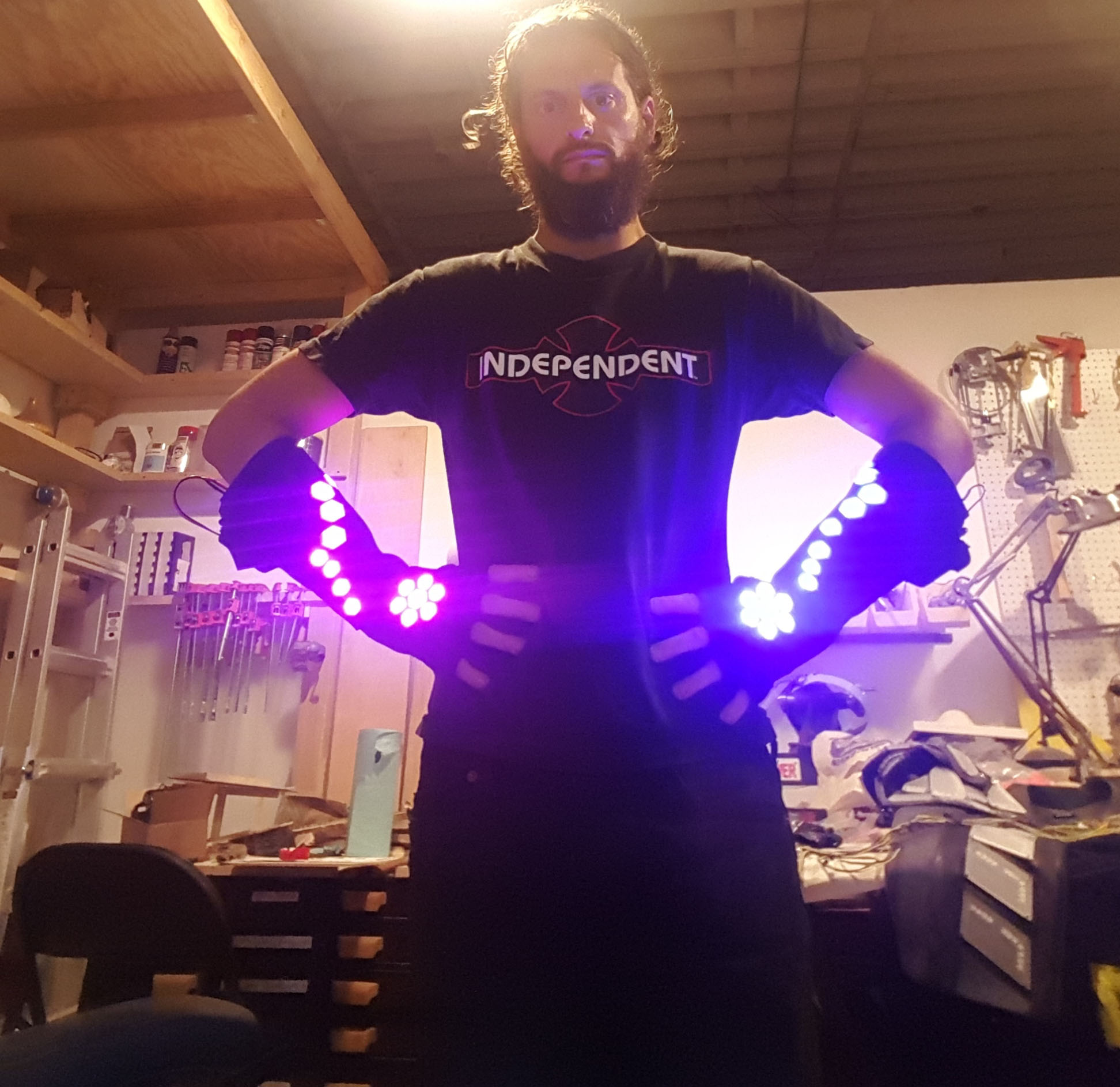
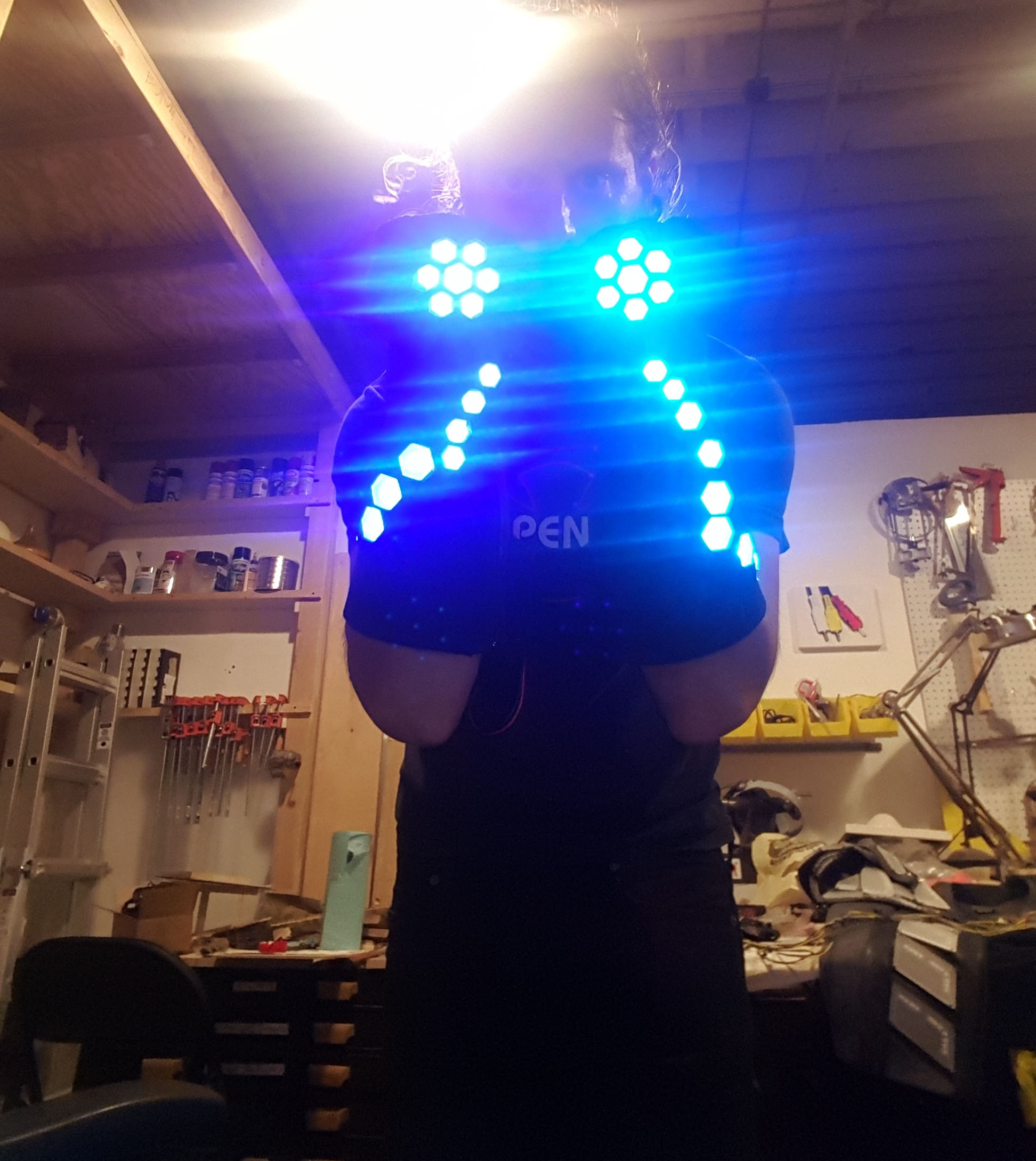
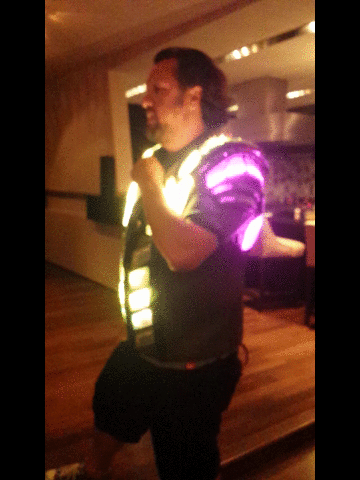
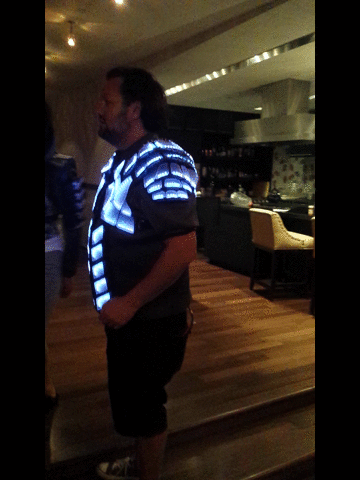
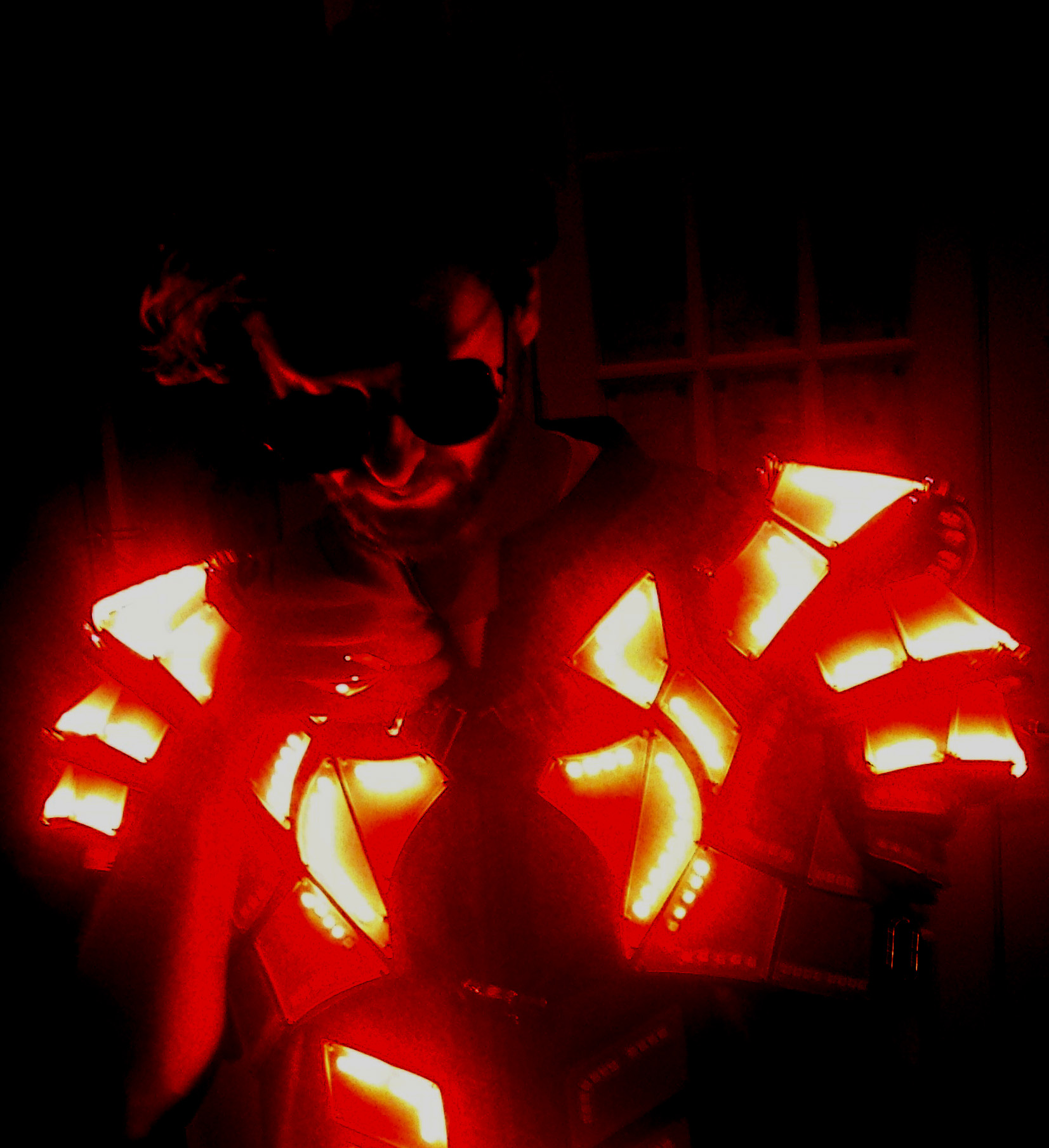
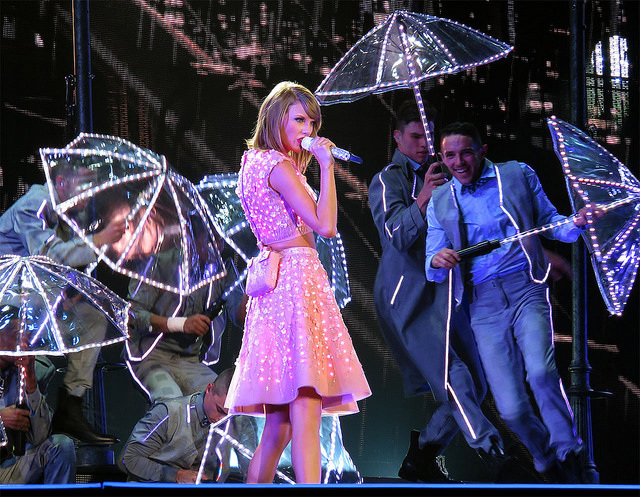
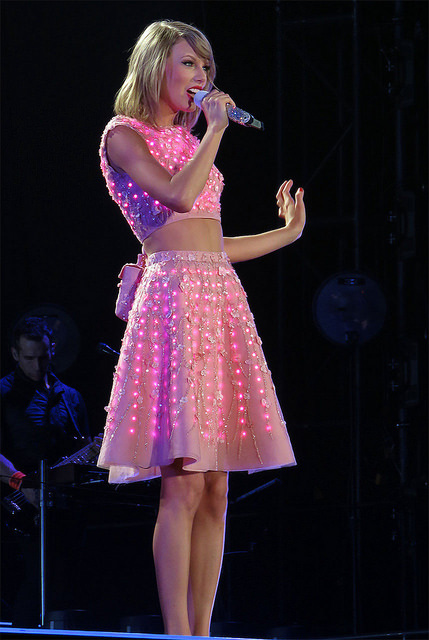
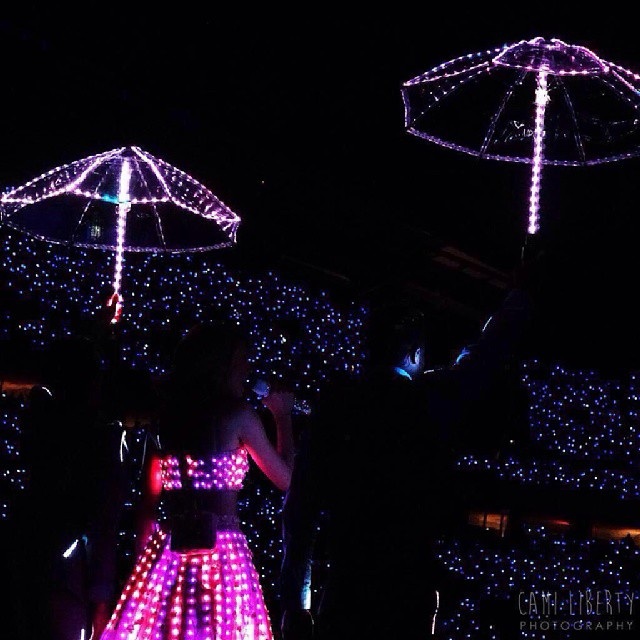
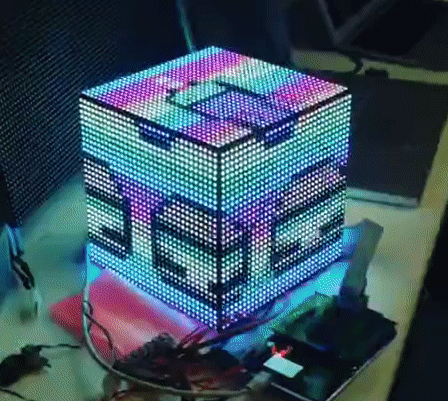
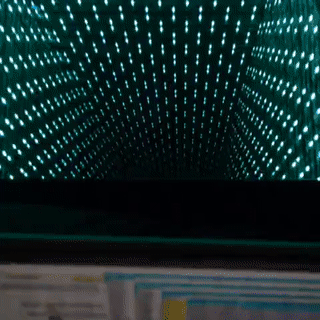

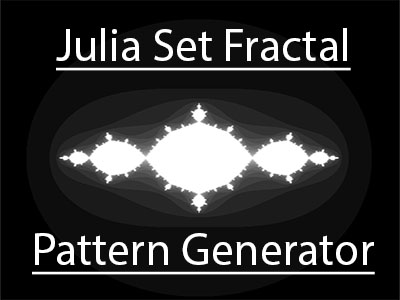
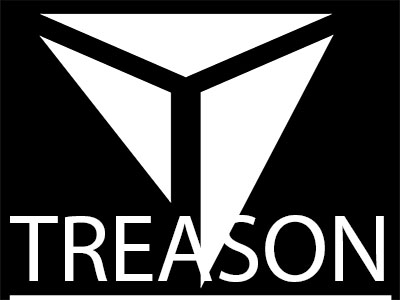
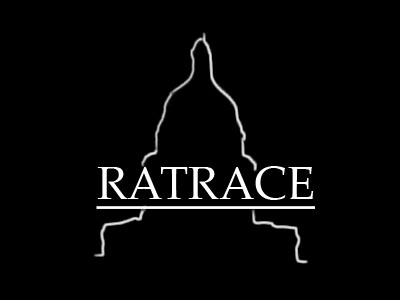
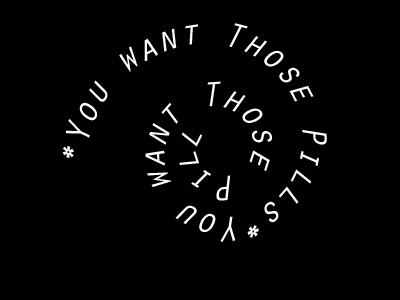
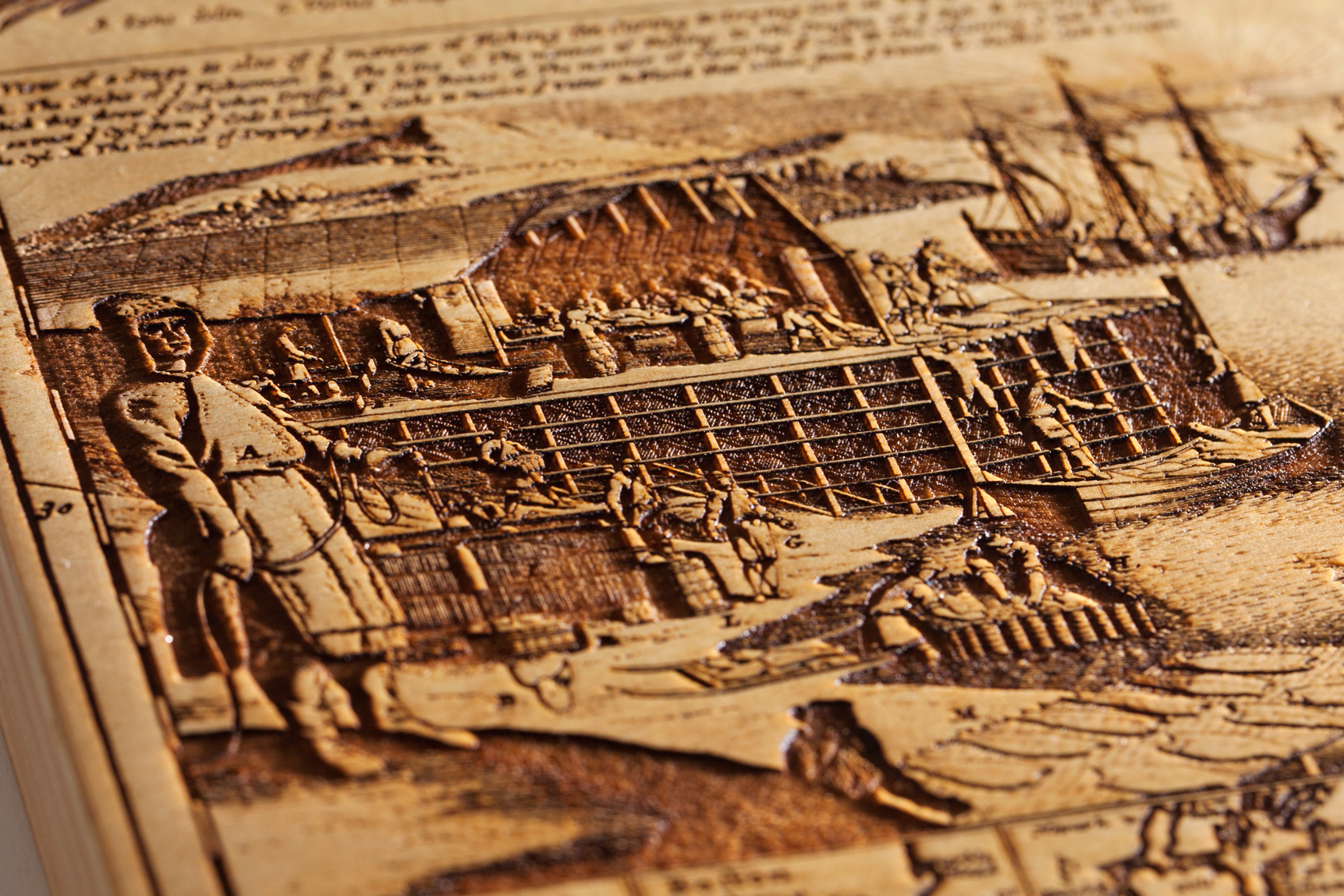
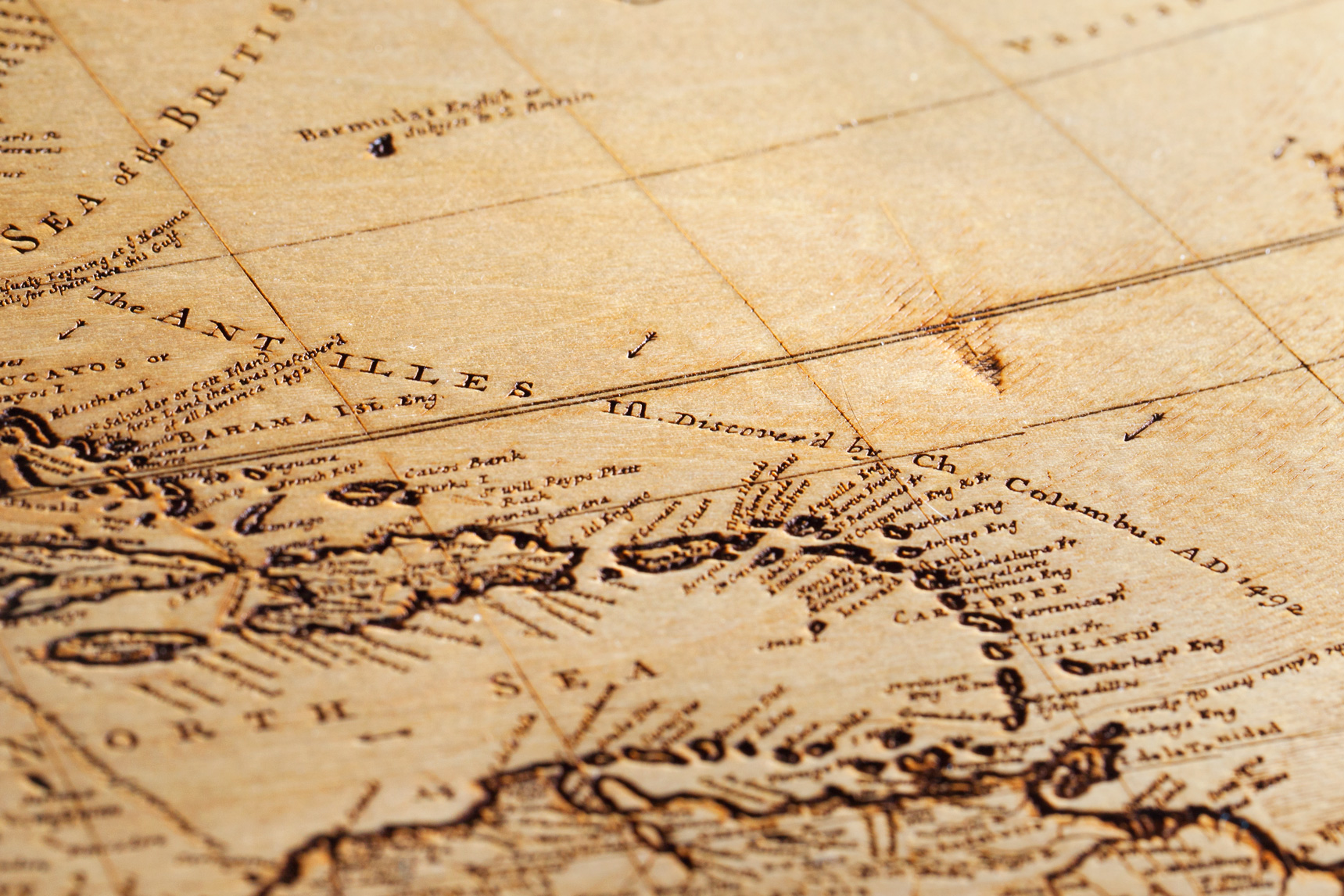
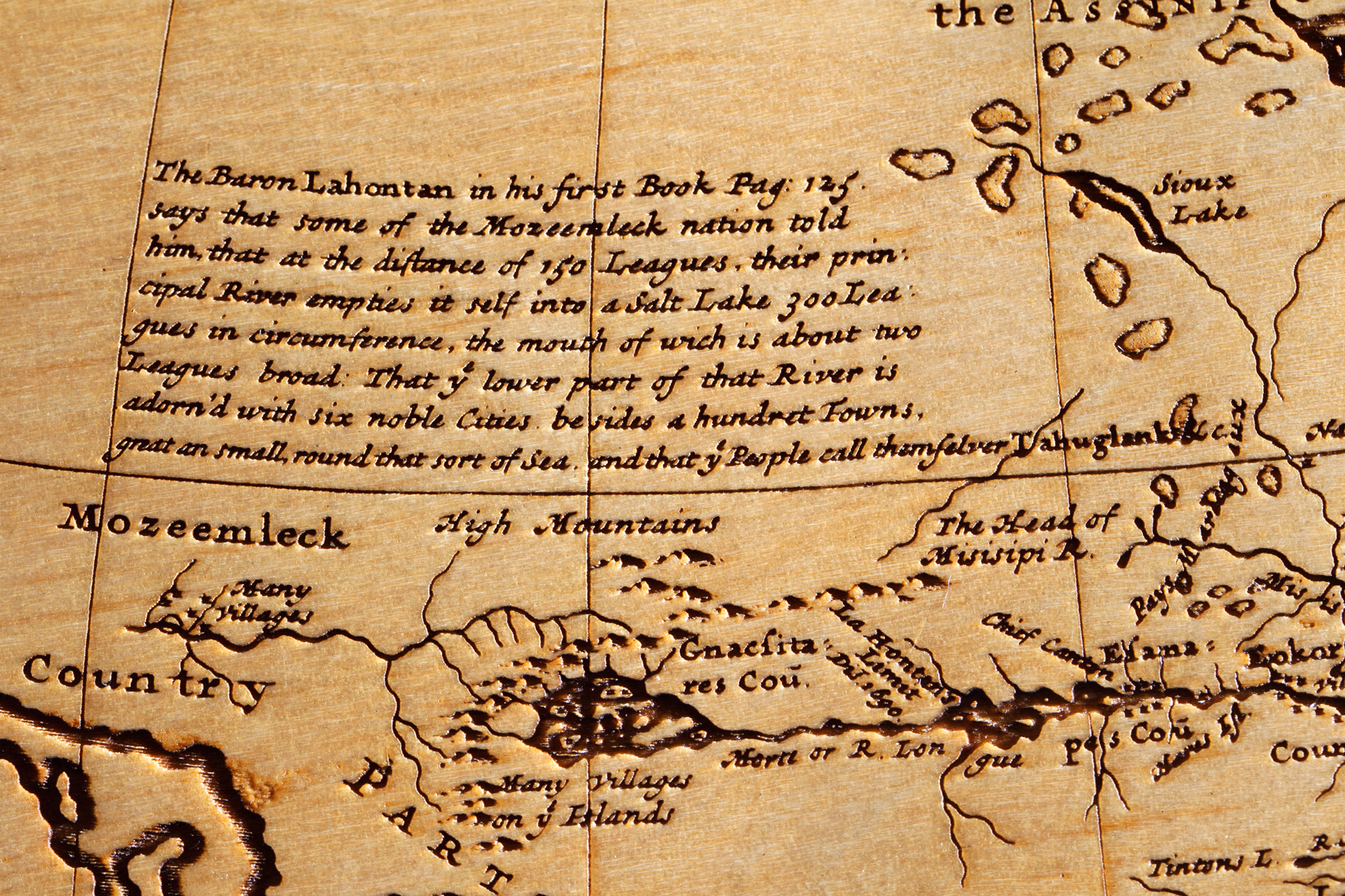
.jpg)
